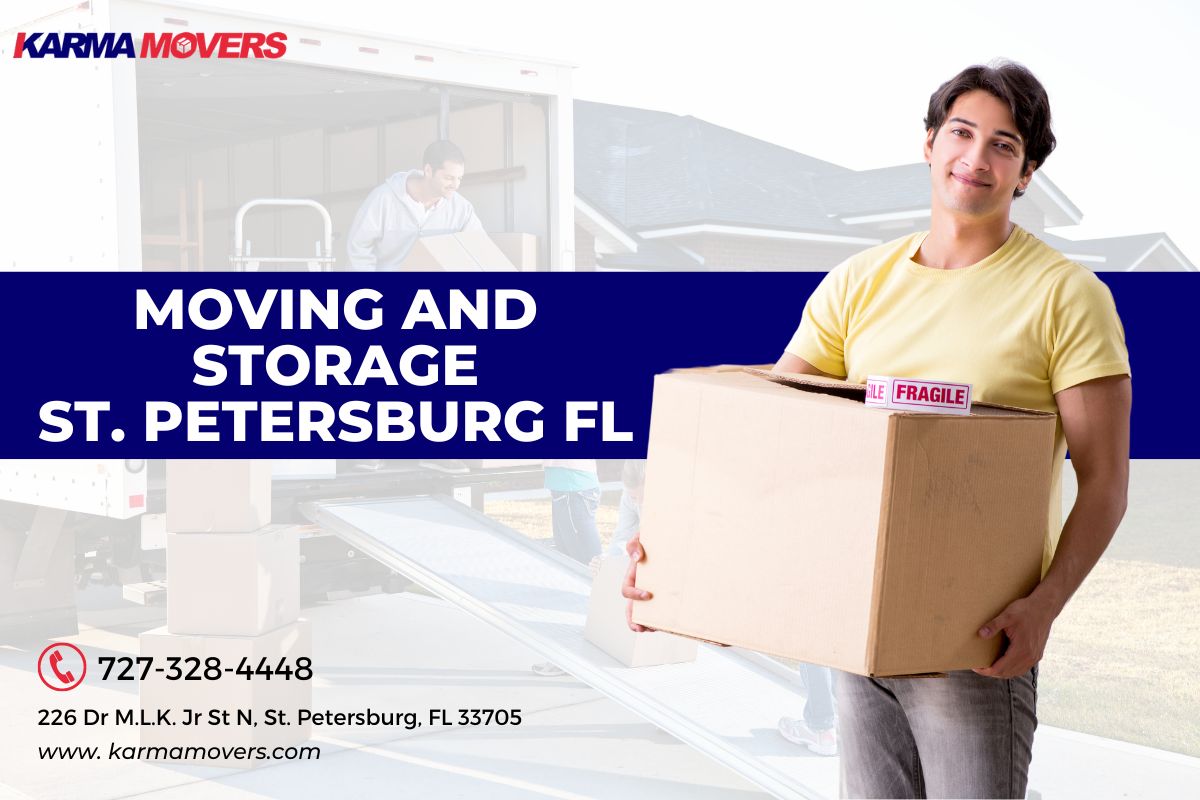
Introduction
Moving can be an exciting and stressful experience, especially when it involves a long-distance move. One of the most important aspects of a successful move is choosing the right packing materials. The right materials will ensure that your belongings arrive at your new home in the same condition they left. In this article, we will explore the various factors to consider when selecting packing materials for a long-distance move, as well as provide tips and recommendations to make the process smoother and more efficient.
Why Choosing the Right Packing Materials is Essential for a Long-Distance Move
A long-distance move presents unique challenges compared to a local move. The distance traveled exposes your belongings to potential bumps, jolts, and vibrations that can damage fragile items. Choosing the right packing materials is essential to protect your belongings and ensure they arrive safely at your new home.
Protecting Fragile Items with Bubble Wrap or Packing Paper
Fragile items such as glassware, china, and electronics Great site require extra care during a long-distance move. Bubble wrap or packing paper provides cushioning and protection against impacts. Wrap each item individually and secure it with tape to prevent movement within boxes.
Securing Furniture with Moving Blankets or Furniture Pads
Furniture can easily get scratched or damaged during transportation. To protect your furniture from nicks and dings, use moving blankets or furniture pads. These thick blankets provide padding and absorb shock during transit.
Box Selection: Choosing the Right Size and Strength
Selecting the appropriate boxes is crucial for a successful long-distance move. Consider both size and strength when choosing boxes for different types of items.
- Small boxes are ideal for heavy items such as books or kitchen appliances. Medium boxes are suitable for clothing, linens, and decorative items. Large boxes are best for lightweight but bulky items like pillows or lampshades.
It is also important to ensure that the boxes are sturdy enough to withstand the long journey. Opt for double-walled or heavy-duty boxes for added protection.
Sealing Boxes with Quality Packing Tape
Properly sealing your boxes is essential to keep your belongings secure during transit. Invest in high-quality packing tape that is strong and durable. Reinforce the bottom and top of each box with multiple layers of tape, ensuring no gaps or openings.
What Materials You Will Need for a Long-Distance Move
To prepare for a long-distance move, you will need a variety of packing materials. Here is a list of essential materials to gather before you start packing:
Cardboard boxes in various sizes Bubble wrap or packing paper Moving blankets or furniture pads Packing tape Box cutter or utility knife Labels and markers for labeling boxes Plastic wrap or stretch wrap for securing furniture and protecting surfaces Furniture covers or mattress bags for added protectionBy having these materials readily available, you can efficiently and effectively pack your belongings while minimizing the risk of damage during transit.
Frequently Asked Questions (FAQs)
Q: How do I determine how many boxes I will need for my long-distance move?
A: The number of boxes you will need depends on the size of your home and the amount of belongings you have. As a general rule, it's better to have more boxes than you think you'll need to avoid running out during the packing process. You can estimate the number of boxes by considering the number of rooms in your home and allocating a certain number of boxes per room.
Q: Can I reuse old cardboard boxes for my long-distance move?
A: While reusing old cardboard boxes may seem like a cost-effective option, it's important to ensure they are still sturdy and in good condition. Old boxes may have weakened over time or may not be suitable for long-distance moves. It's recommended to use new or gently used boxes for added protection.
Q: Should I use plastic bins instead of cardboard boxes for my long-distance move?
A: Plastic bins can be a good alternative to cardboard boxes as they are sturdier and offer better protection against moisture. However, they can also be heavier and take up more space. Consider your specific needs and preferences when deciding between plastic bins and cardboard boxes.
Q: How should I label my boxes for a long-distance move?
A: Properly labeling your boxes is crucial for an organized move. Use labels or markers to clearly indicate the contents of each box and the room it belongs to. This will make unpacking easier and help movers know where each box should go in your new home.
Q: Can I use newspapers instead of packing paper for wrapping fragile items?
A: While newspapers can be used as an alternative to packing paper, they may leave ink residue on your belongings. If you choose to use newspapers, ensure that you wrap delicate items with additional layers of bubble wrap or tissue paper to protect them from potential damage.
Q: Should I hire professional packers for my long-distance move?
A: Hiring professional packers can save you time and ensure that your belongings are packed securely. Professional packers have experience in handling different types of items and know how to properly protect them during a move. Consider your budget and the complexity of your move when deciding whether to hire professional packers.
Conclusion
Choosing the right packing materials is essential when planning a long-distance move. By investing in high-quality materials such as bubble wrap, moving blankets, sturdy boxes, and packing tape, you can protect your belongings and ensure they arrive safely at your new home. Remember to label your boxes accurately and consider hiring professional packers if needed. With proper preparation and the right materials, you can make your long-distance move a smooth and successful experience.